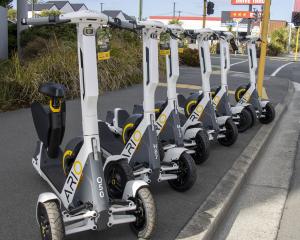
The aerospace sector has a current global value of $360 billion, estimated to increase to $2.7 trillion by 2050, with New Zealand's space economy valued at $1.7 billion in the 2018/9 financial year and employing 12,000 people.
The Kaitōrete Spit plan is a commercial joint venture between Kaitōrete Ltd (Te Taumutu Rūnanga and Wairewa Rūnanga) and the Crown called Project Tāwhaki.
It aims to develop aerospace research and development facilities on the spit, including a possible launch pad, and help protect the environment with fencing and planting 5000 native plants over two years.
Said Christchurch Mayor Lianne Dalziel: “As a city we have been working hard to build on the strengths of our region while looking at global opportunities. Aerospace and future transport represent an important strand of this work.
"Ōtautahi Christchurch has long been a basecamp for exploration of extreme environments, as one of five Antarctic gateway cities. Now the horizon for that exploration has been dramatically expanded as the city’s aerospace industry grows further."
Said Mark Rocket, Kea Aerospace chief executive: "Our city is an ideal technology test bed for atmospheric and terrestrial projects.
"Christchurch’s aerospace ecosystem is building momentum and projects are starting to flourish. Christchurch is a gateway to the Antarctic and soon will be a gateway to space.”
Companies like Kea Aerospace, which is developing an unmanned high-altitude solar aircraft, Dawn Aerospace, which makes reusable rockets designed to carry small satellites into space, and Wisk, which is a self-flying, electric aircraft that rises like a helicopter and flies like a plane, are part of that aerospace ecosystem and could potentially use Project Tāwhaki’s facilities.
Well-known New Zealand aerospace company RocketLab had considered the site for launches in 2015 but eventually chose the Mahia Peninsula in Hawke's Bay because it was allowed to launch more rockets there per year. Only 12 rocket launches would be allowed a year at the Kaitōrete Spit site.
However, NASA used the area to launch suborbital rockets in the 1960s.













